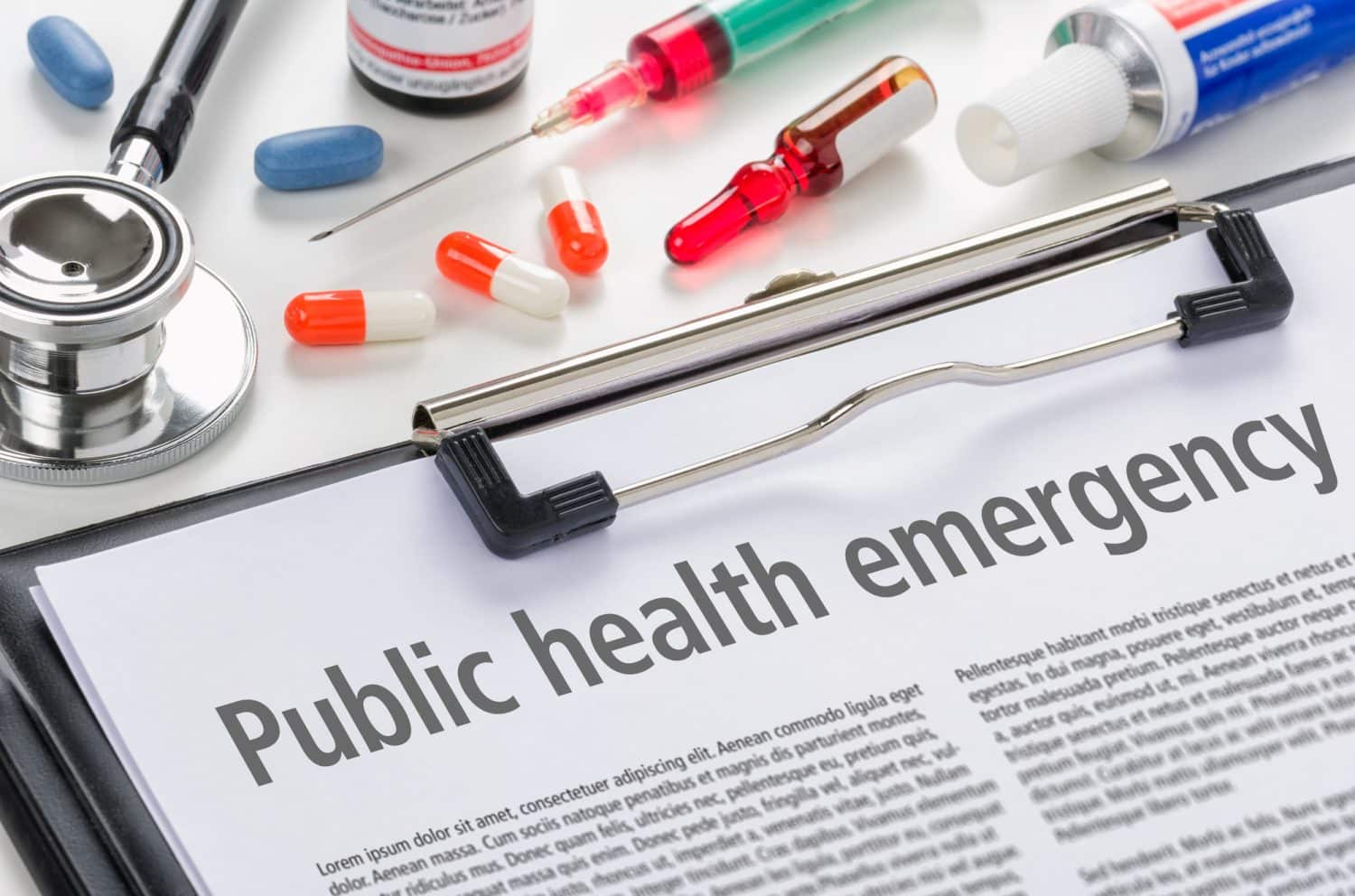
As a country with a centralized healthcare system, the burden of addiction falls on all of us. The Canada opioid crisis is a growing problem that is putting pressure on doctors and healthcare providers across the nation.
This crisis is ballooning and is affecting families all over Canada. Read on to learn some of the startling statistics about the war for survival going on all around us and learn what you can do to get help if you have an addiction today.
1. 4,000 Canadians Died from Opioid Overdose in 2017
In 2017, there were nearly 4,000 Canadians that died from the opioid epidemic. That is 34 percent higher than in 2016 and scarily in line with the predictions.
The majority of those deaths were accidental. For many opioid users, the drugs they put into their bodies contain substances other than those they desire. One of the hottest things to add to the heroine is fentanyl, a drug that is much stronger.
2. 17 People a Day are Hospitalized in Canada for Overdose
There are many different ways to begin heroin addiction treatment. One of them is a hospitalization after an overdose. In Canada, that is the story for 17 people a day.
The overdose rates vary across different provinces and the North and Western parts of Canada typically have higher rates of overdose than the East.
3. Opioid-Related Overdose is the Leading Cause of Death for Those 30-39
The age group with the highest rate of overdose is 30-39 and men are more likely to overdose than women. This trend is worrying since men that age should be part of the workforce.
Opioid addictions make it difficult to maintain employment and with less able-bodied men in the workforce, there are fewer people paying into the health care system that supports their treatment.
4. Fentanyl is Found in a Majority of Opioid Products
Fentanyl causes many opioid fatalities. The chemical is a synthetic opioid that is 50 to 100 times more potent than morphine.
It was invented as a medication to manage severe pain but today it is used by drug dealers as a cheap way to make their products more potent. When fentanyl is added to heroin without the user’s knowledge, then overdose is more likely.
Fortunately, there is a medication called naloxone that is an opioid receptor antagonist and it allows normal respiration to be restored in drug users after an overdose. If you have a loved one suffering from opioid addiction, this is definitely something you want to have around the house.
5. Deaths in British Columbia Alone Were More Than 1,000 in 2017
British Columbia is the Canadian providence with the highest rate of overdose in the country. There, more than 1,000 people died from an overdose last year alone. This is an alarming and scary statistic.
6. 15-24 Year-Olds are the Fastest-Growing Group for Hospitalizations
For the past ten years, 15-to-24 year-olds have had the fasted growing rate of opioid addiction. That means that the problem is starting to spread to the youth.
Addictions that early in life can lead to improper development and will cause a lifetime of struggle for those facing them.
7. In Alberta, Hospitalizations for Opioid Poisoning Rose by 10 Time in 5 Years
The opioid epidemic started in 2008 and now is reaching new peaks. The rate at which this crisis is spreading is picking up and today there is ten times the number of people with opioid poisonings admitted to the hospital in the last five years.
8. In Ontario, ER Room Visits for Opioid Poisoning Rose by 4 Times in 5 Years
In Ontario, the rate of increase for opioid poisoning is not as steep. But, it is still a staggering four times the number it was five years ago.
9. More Than Half of the Opioid Poisonings Among Seniors Were Accidental
The coroner’s office records opioid death overdoses as intentional or unintentional. This helps us to get a better understanding of how this epidemic is impacting people across the country.
An accidental overdose is one where the person was not intending to commit suicide when they used the drug. Instead, they may have taken too much of a drug accidentally, they could have been given the wrong drug, or they could have miscalculated how large of a dosage they could handle.
10. Doctors are Prescribing Fewer Opioids Than They Used To
In 1996 opioids became widely available in Canada. Prior to that time, the medication was only prescribed for people who were suffering from terminal illnesses.
Later, doctors expanded the uses of the drug to include treatment of pain associated with surgeries and broken bones. This usage brought opioids into the homes of millions of Canadians under the guise of medication.
It is hard to know what percentage of the opioid overdoses are related to prescription pill use. It is important to realize that just because a doctor says the medication is safe to take, doesn’t mean that you shouldn’t look for alternative solutions.
With the recent legalization of medical marijuana, there are many options for doctors to turn to now for pain management. Medical marijuana can help with inflammation, discomfort, nerve pain, and more.
The tide is turning away from opioid painkillers, don’t get left behind in your addiction.
Where to Get Help if You are Affected by the Canada Opioid Crisis
The Canada opioid crisis is a ballooning problem. It’s clear that at this point every Canadian knows at least one person who has a loved one dealing with an opioid addiction.
You’re not alone. There is help available. At Trafalgar Addiction Treatment Center, we can provide you with the support you need to overcome your addiction or to help a loved one seek treatment.
There is no reason to go on living this way, get help now. Contact us today.





